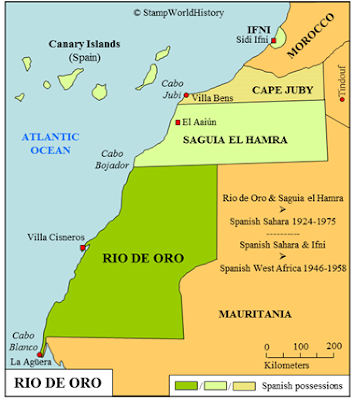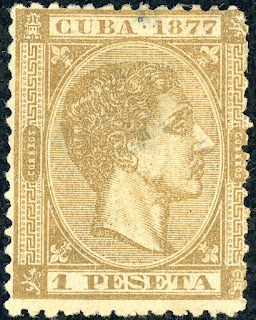Few people, no matter how
famous they are, have a country named for them. Cecil John Rhodes did, but only
for about 85 years. His charter company, The British South Africa Company
(BSAC), named the 440,900 square
mile swath of south-central Africa after their boss. Rhodes himself, it’s said,
preferred to name it Zambezia (after the Zambezi River) rather than Rhodesia,
but yielded to the popular opinion of Europeans who had settled there.

\
Settlers waiting to board a mail coach, Bulawayo,
Rhodesia, circa 1896 (1)
The BSAC operated in
much the same way as other crown charter companies. At the Berlin Conference of
1884-85, European nations drew boundaries of control over Africa without native
Africans’ knowledge, consent, thought or opinion. The “scramble for Africa”
ensued, but European governments often lacked sufficient funds for exploiting
African resources, and they were loath to raise taxes to do so. Instead, they
relied on private companies that could raise the funds needed by giving investors
hope of grand future profits. These
companies had broad powers of government – including building roads and
railroads, taxation of residents, law enforcement, and postal services as well
as the discovery, extraction, and export of valuable resources.
Rhodesia, Scott #55, violet and salmon
Some charter companies
failed, but BSAC profits from gold, diamonds, and other resources did, in fact,
make Rhodes one of the world’s richest men. However, his dream of building a
railroad from Cape Town to Cairo, by which the British would dominate Africa, was
never achieved. Rhodesia was to be a major link in that railroad.
The stamps in Big Blue’s Rhodesia section are all inscribed British South Africa Company; some of them bear the BSAC arms. The same stamps were overprinted “BCA” and used in British Central Africa.
British Central Africa, Scott #5, dark blue
The word “Rhodesia”
appears first on stamps as an overprint on a 1909 issue, although the BSAC had
made the name quasi-official in 1895.
Rhodesia, Scott #85, cobalt blue
“Rhodesia” is
inscribed, along with BSAC, on the ever-popular “double head” stamps of 1910,
17 values replete with many color variations and curious flaws. A
commemorative-cum-definitive issue, its debut coincided with the Royal Visit of
the Duke and Duchess of Connaught who were substituting for the newly crowned King
George V and Queen Mary. The new king could not attend because of the death of
Edward VII (6 May 1910).
Rhodesia, Scott #115, bright blue and carmine
These were followed by a
final definitive issue (1913) featuring the new King in naval uniform.
Rhodesia, Scott #128, carmine rose and blue
The area designated as
Rhodesia continued under BSAC control until the 1920s when the part south of
the Zambezi River became Southern Rhodesia, a self-governing colony in the
United Kingdom. BSAC handed control over to the white settlers, the postal authority
included. See Big Blue’s Southern Rhodesia section.
Rhodes
was known for his unrestrained racism toward native Africans, a sad tradition
that continued throughout Rhodesia’s history. The overburdening effects have
continued long after the colony became independent and renamed Zimbabwe in 1980
– residual white privilege, economic upheaval, food insecurity, inadequate
sanitation, and poor medical care. In post-colonial times, Rhodes’ legacy has
been attacked and his memorials defaced, literally. Surprisingly, his burial
site in Zimbabwe, an increasingly awkward tourist attraction, has thus far
escaped damage.
Decapitation of Rhodes’
statue, Table Mountain, South Africa, 2020 (2)
And
yet, Bantu people have long-suffering resilience. This was the overwhelming
impression my wife and I had when we visited Zimbabwe a few years ago. She had received
a grant to study the works of Zimbabwe’s women sculptors who were emerging on
the world art scene, particularly that of Agnes Nyanhongo and Colleen Madamombe. Their much-sought-after art depicts themes of buoyant womanhood –
marriage, motherhood, gracious beauty, hard work, proud bearing, and survival
at all odds. As a counterpoint to the BSAC’s rampant, male-dominated
exploitation of Bantu tribal lands, which echoes throughout Rhodesian
philately, this post concludes with pictures of Shona sculpture in our
collection.
“Proud
Woman” by Agnes Nyanhongo
“Where
are you, boy” by Colleen Madamombe
“Happy
Happy.” By Colleen Madamombe
“I
love my baby” by Agnes Nyanhongo
Census:
In BB spaces 53, tip-ins 14, on supplement pages 40.
1 – National
Archives of Zimbabwe
2 –
Reuters via https://www.dailymail.co.uk/news/article-8522465/Statue-British-colonialist-Cecil-Rhodes-beheaded-South-Africa.html
Wow! I had the privilege of seeing those art works when I visited Bud several years ago. Incredible!


















































